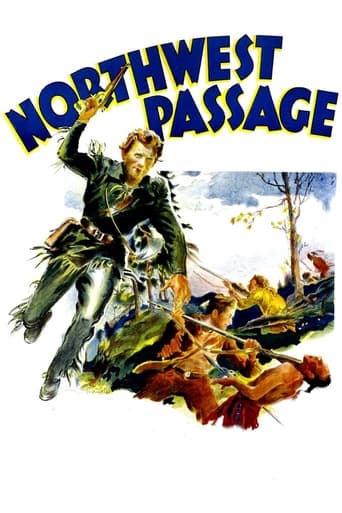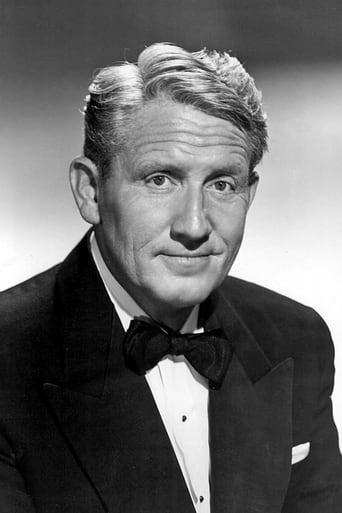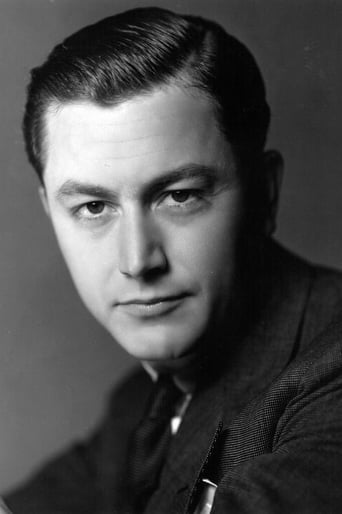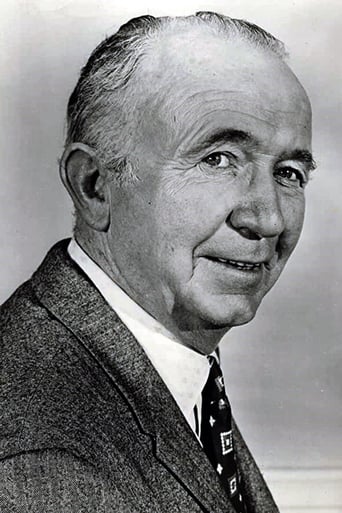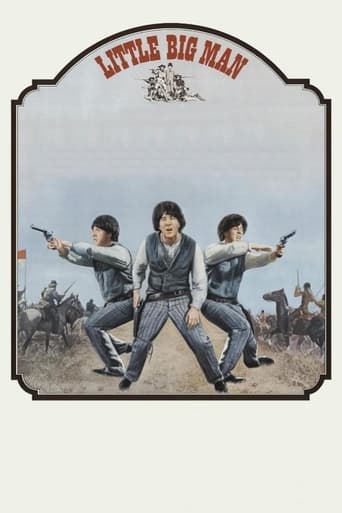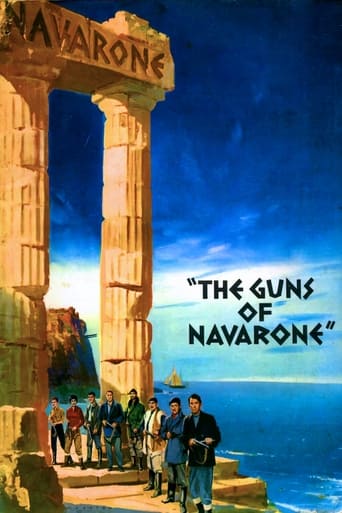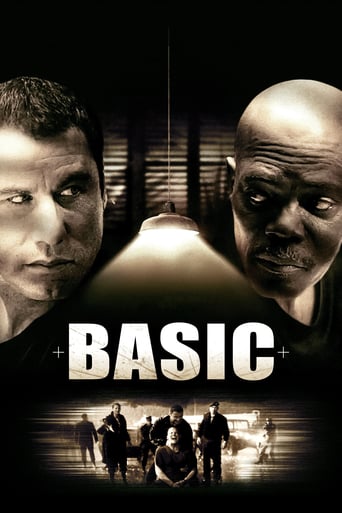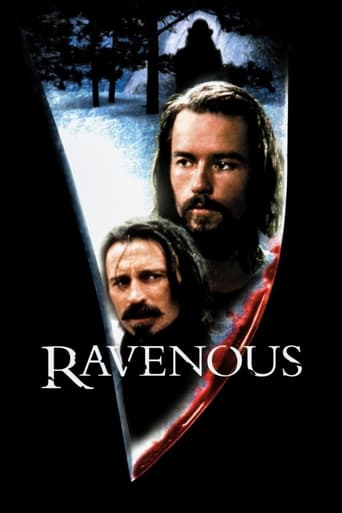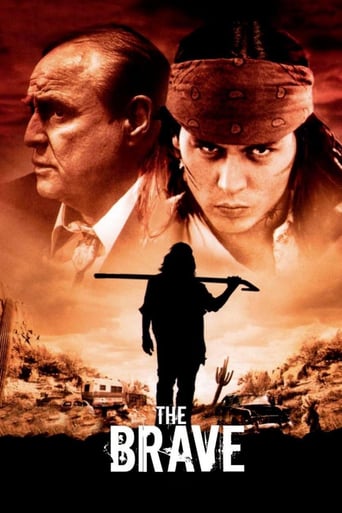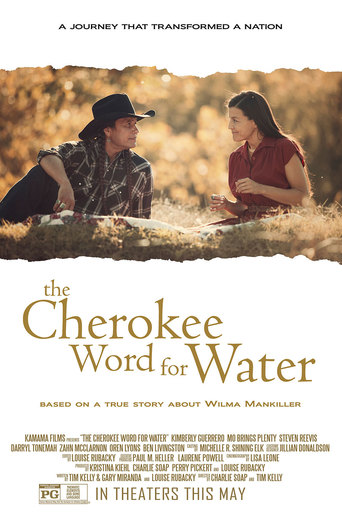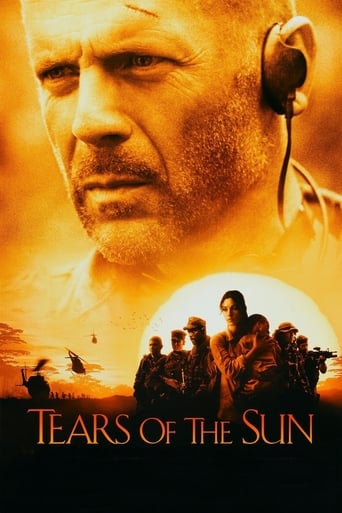Northwest Passage (1940)
Based on the Kenneth Roberts novel of the same name, this film tells the story of two friends who join Rogers' Rangers, as the legendary elite force engages the enemy during the French and Indian War. The film focuses on their famous raid at Fort St. Francis and their marches before and after the battle.
Watch Trailer
Cast


Similar titles
Reviews
So much average
Excellent adaptation.
As somebody who had not heard any of this before, it became a curious phenomenon to sit and watch a film and slowly have the realities begin to click into place.
It's funny, it's tense, it features two great performances from two actors and the director expertly creates a web of odd tension where you actually don't know what is happening for the majority of the run time.
Harking back to Kenneth Roberts' Roberts' "Northwest Passage," Rogers' life after the legendary mission to destroy the nest of Abenaki vipers equally unbelievable.Did you know that Rogers undertook with just two companies of Rangers an equally legendary 1763 expedition into what was called the Northwest (the Ohio territory) to accept the surrender of the French posts to the British, who had in that year won the French and Indian War?This trip afoot took Rogers nearly halfway across the continent. In fact, Rogers proposed to the British Crown an expedition to the Pacific, an exploration which one of his captains later partly accomplished while Rogers was stuck commanding Fort Michilmackinac in what would later become Michigan.Thus Rogers almost achieved in 1763 what Lewis and Clark wouldn't actually fully achieve till some 40 years later -- an expedition of exploration to the Pacific Ocean.Rogers was indeed turned down by George Washington at the start of the American Revolution as a volunteer Ranger in the colonial forces. Instead, Washington had Rogers arrested and tossed into prison.Understandably rankled by this, Rogers broke out of jail and went over to the British.Rogers is the guy of whom George Washington said: "He is the only man I ever feared."We have our unfathomably brave predecessors in the Rangers to thank for the British colonists' ultimate victory in the 150-year-long war against the French and Indians -- America's longest war, and one that NO elementary or high school ANYWHERE in America teaches ANYTHING about.Robert Rogers was larger than life. He is often called the Father of U.S. Special Forces, for his work pioneering the colonial rangers in early America. His Rules for Ranging are still required reading by the U.S. Rangers and Green Berets.But Rogers wasn't the first colonial ranger. It is uncertain who could claim that title, because the tradition of "ranging" goes back to early England and Scotland. The colonists took that tradition with them when they settled America. Rangers were deployed in Jamestown.Ranger Benjamin Church, who was instrumental in winning King Philip's war (1675-1678) in New England, is also called the Father of the Rangers. It was his team that hunted down and killed King Philip (aka Metacomet) in Rhode Island.King Philip's War is another one of those gigantic historical struggles not taught in our schools.This was the war in which the Indians pushed the American colonists all the way back to the shoreline towns all across New England (except in Connecticut, where there were just a few battles), and almost into the ocean.Did you know that New England's colonists almost starved during that war, and would have had it not been for ships full of emergency provisions sent from England? The Indians banded together -- most of them, but not all -- to exterminate the white man.But the colonists won that war.They won all of the other Indian wars in New England too.Rogers is the guy who turned the tide in the last such war.If you read anything about Rogers and the men he fought with, you will not believe the hardships they endured to bequeath us our free and easy lives of today. Those who sling arrows at Rogers and his Rangers from their easy chair in a warm home on land won by their forebears from the Indians have no conception - absolutely none - of just how feral the so-called native Americans were.FACT: Like most Stone Age peoples, most Indian tribes engaged in constant warfare. Tribal death rates, as a percentage, were far higher than any of the white man's wars. The Comanches would become the apex tribe in North America when it comes to aggression, outstripping even the Abenakis and Pequots. In fact, the Comanches were so powerful that they hunted the terrifying Apaches for fun, and chased all of the Apache tribes off the plains. Read "Empire of the Summer Moon: Quanah Parker and the Rise and Fall of the Comanches, the Most Powerful Indian Tribe in American History" by S.C. Gwynne if you want to understand Stone Age pathologies.The "noble savage" is a myth. Most tribes, given half a chance, would exterminate enemy tribes in a New York minute. They extracted positive orgasmic delight in the most heinous and protracted tortures. These cultures refined torture for century upon century. This had nothing whatsoever to do with the New Age apologetics about "absorbing a victim's spirit." Balderdash. They just liked torture.Rogers' bushwhacking victory over the Abenaki Indians -- the Northeast's Islamofacist terrorists of one-quarter of a millennium ago -- helped finally end the last of the five consecutive French and Indian wars in New England. Ironically, these wars had been going on pretty much continuously almost from the year of discovery -- 1609 -- i.e., the year that Samuel de Champlain (the "Father of New France") discovered the lake named for him, the same year that Henry Hudson sailed up the river named for him.Yes, the year of discovery was 400 years ago in 2009 and the year of British victory in the 150-year war against New France was 1759, 250 years ago in 2009.Tempus fugit.
Two months before his death in 1957, Kenneth Roberts received a special Pulitzer Prize for his historical novels. Of them, Northwest Passage was his most famous. It consisted of two distinct parts, and was the second best selling American book of 1937 (after first having been serialized in the Saturday Evening Post).MGM's 1940 movie is based on the first, and in my opinion, better part of the book. It recounts Major Robert Rogers' 1759 raid on St. Francis, an Abenaki village, during the French and Indian War. As Rogers, Spencer Tracy gives a powerhouse performance, King Vidor delivers the directorial goods, and the storyline, itself, is very exciting. Indeed, I remember Northwest Passage fondly from my childhood, and consider it a classic. However, because of today's values, it probably appeals more to conservatives than liberals.In 1945, Warner Brothers' Objective, Burma! (starring Errol Flynn) used the same plot without attribution--a Japanese transmission station replacing the Indian village. (Directed by Raoul Walsh, it too is very well done.) Then, in 1951's Distant Drums (starring Gary Cooper), director Walsh again used the same plot without attribution. This time the movie (which is not so well done) occurs during The Seminole Indian Wars (1835–1842), and the initial objective is an old Spanish fort, lying deep within the Everglades.In conclusion, I'm not shocked that Hollywood recycled Roberts' plot without attribution. (You only have to remember Dorothy Parker's quip "The only 'ism' Hollywood believes in is plagiarism.") I am, however, somewhat shocked that Roberts did not sue. (His reputation was that of an acerbic curmudgeon.) But, then again, maybe he just didn't know.
Spencer Tracy is the real historical figure Major Robert Rogers, leader of an elite group of Rangers within the British Army during the French and Indian Wars of about 1760, known in Europe as the Seven Years' War. Everyone else in the army dresses in outlandish red coats, high feathered hats, stockings, dirndls, tutus and whatnot. Rogers' Rangers dress in fringed buckskin of forest green and they wear moccasins like the real woodsmen they are. Well, they might make room for ONE elitist. Robert Young has just been booted out of Harvard College, intent on becoming an artist. Tracy has no particular use for artists but he does need a map maker and he enlists Young, and Young's comic sidekick, the ever-irascible Walter Brennan. There is a long and perilous trip by longboats from New Hampshire up to the Canadian border, one of those trips in which we can't stop for any wounded men. There is a fierce battle in which the Rangers wipe out an entire village of Abenaki Indians. When the Rangers discover that the French have captured their boats, it means they must make a ten-day march without food across a mountain wilderness. Starving, they vote to break up into smaller parties. Two of the parties are captured and slaughtered by the hostile Indians loyal to the French. The pitiful remnants catch up with the main body, tattered in mind and body. The movie has been called "racist" and it really doesn't treat all the Indians fairly. At the same time, the tribes of the Northeast woodlands were tough customers, rough not only on white settlers but on their Indian enemies too. The butchery was expected on all sides. Tracy keeps promising them that when they reach their goal, Fort Wentworth, in the middle of nowhere, the British will be waiting for them with sides of beef, vegetables, hot buttered rum, arugula salad, and diverse configurations of sushi. "Come on, men!", Tracy keeps shouting. "It's only a thousand more miles! A Ranger can walk it on his hands!" Alas, when they reach Fort Wentworth, it's falling apart, deserted, overgrown with sagebrush (in the mountains of New England). Either the British Army is late for the appointment or Rogers' message to them never got through. "Plenty of good ROOTS here," Tracy declaims, waving his arms operatically, "and Moses went for 40 days without food or water. And we've got plenty of WATER. Buckets full of water!" The Rangers, too pooped to pop, sink to the ground. Just as Tracy is leading them in a final prayer, salvation arrives. It's interesting to consider this movie from the perspective of the audiences of 1940, from which the whole story must have seemed like a metaphor. The Rangers are Americans. We are the allies of the British. The Indians are brutal maniacs who butcher women and children. In 1940 Britain was in the middle of a great air battle with the brutal Nazis. America wasn't yet at war but our sympathies were clearly with the Brits. The movie doesn't show us any villainous Frenchmen. Why not? Because in 1940, the French had just been overrun by the German Army and shifted its government to Britain. How could the movie paint the French as "bad"? The friend of my friend is my friend. (There's a good explanation for this dynamic. Google "balance theory" or "Fritz Heider.") The performances are good. Most of the acting looks like acting, which was expectable in a Hollywood product of the time. But Walter Brennan is, as always, Walter Brennan; and Spencer Tracy could play anything from Mr. Hyde to Clarence Darrow. Ruth Hussey's appearance is brief and that's just as well. She's pretty bland. As a tale of adventure, this is unimpeachable. As a war story, it's unusual in that it focuses not on the usual things -- battles, banter, shoehorned cardboard romance -- but on physical fatigue, on the difference between hope and despair. (In this way it reminds me a little of Norman Mailer's novel, "The Naked and the Dead.") The plot is so good it showed up a few years later, morphed into a story of American paratroopers isolated behind Japanese lines, in Warners' "Objective Burma." Well worth catching, not just because it represents Hollywood at its craftsman-like best, but because it's like looking into a time capsule.
Spencer Tracy (as Major Rogers) gets Robert Young (as Langdon) and Walter Brennan (as Hunk) drunk, so they'll become members of his Colonial American Rangers, and head for the "Northwest Passage" of the title. Along the way, they kill many Indians (aka Native Americans).The photography is the film's main attraction. This must have seemed like a grand classic when released in 1940; however, the epic quality has been equaled many times, and this film doesn't have enough other qualities to maintain classic status. Mr. Young's painting and Mr. Brennan's teeth are not characterization traits to last through the ages. Mr. Tracy performs well, as usual; however, his Rangers look a little old, as a whole, to be making this journey.The most exciting scenes are when the Rangers burn an Indian village, and wipe out its inhabitants. Watch for it in the middle of the film, not the end. Be warned, though - it's a visceral slaughter. Addison Richards (as Ranger Crofton) is particularly sadistic; later, he gets his turn... ***** Northwest Passage (2/20/40) King Vidor ~ Spencer Tracy, Robert Young, Walter Brennan, Ruth Hussey

